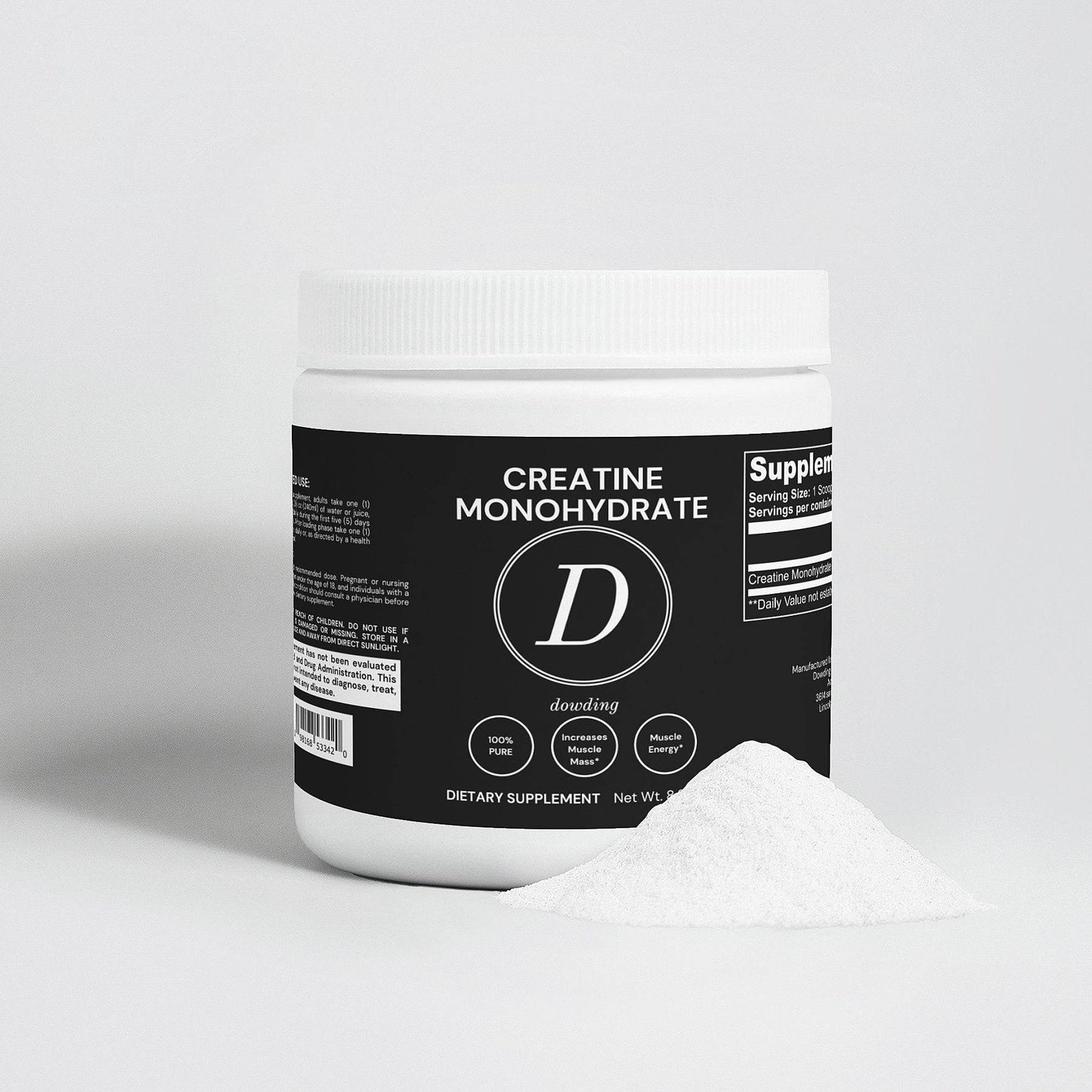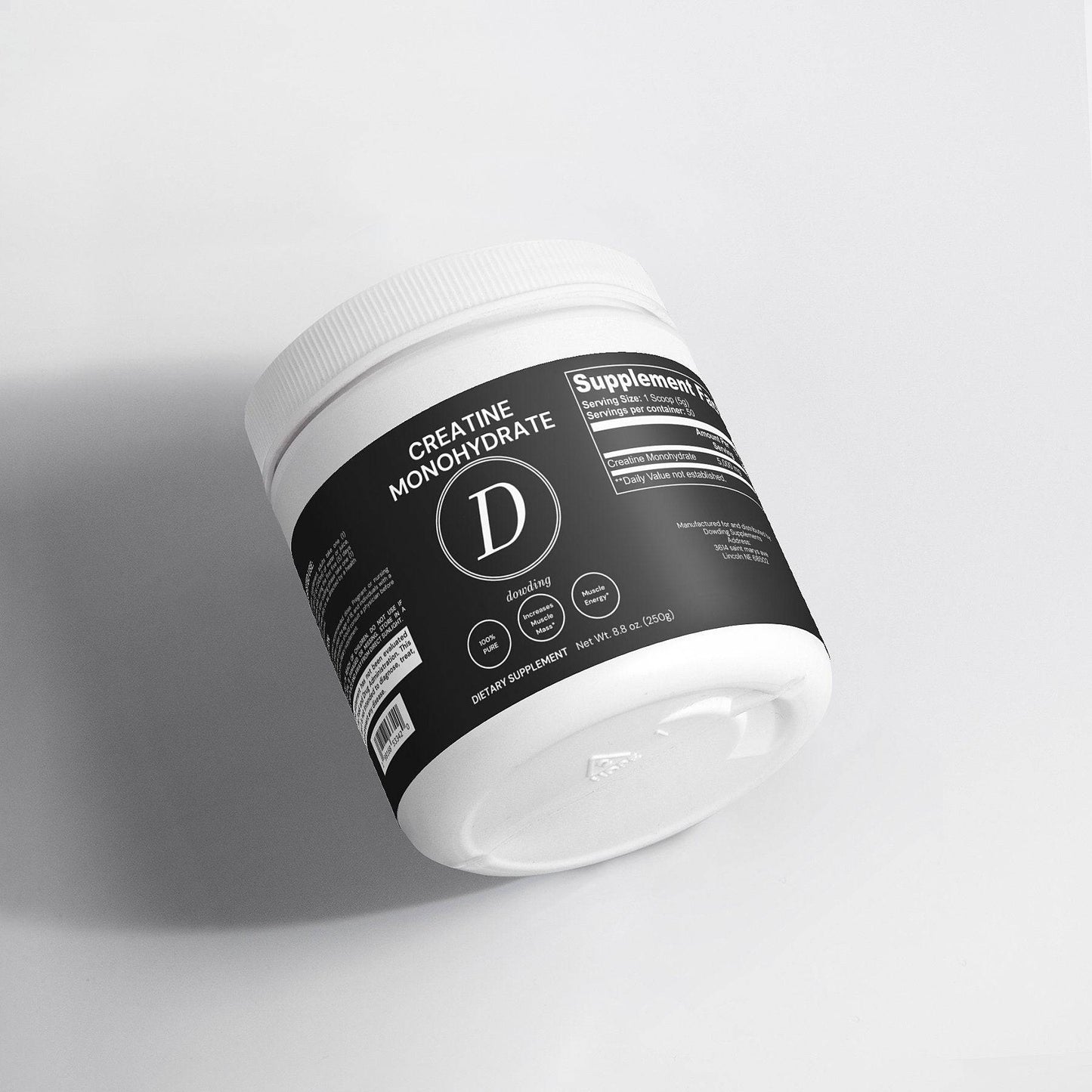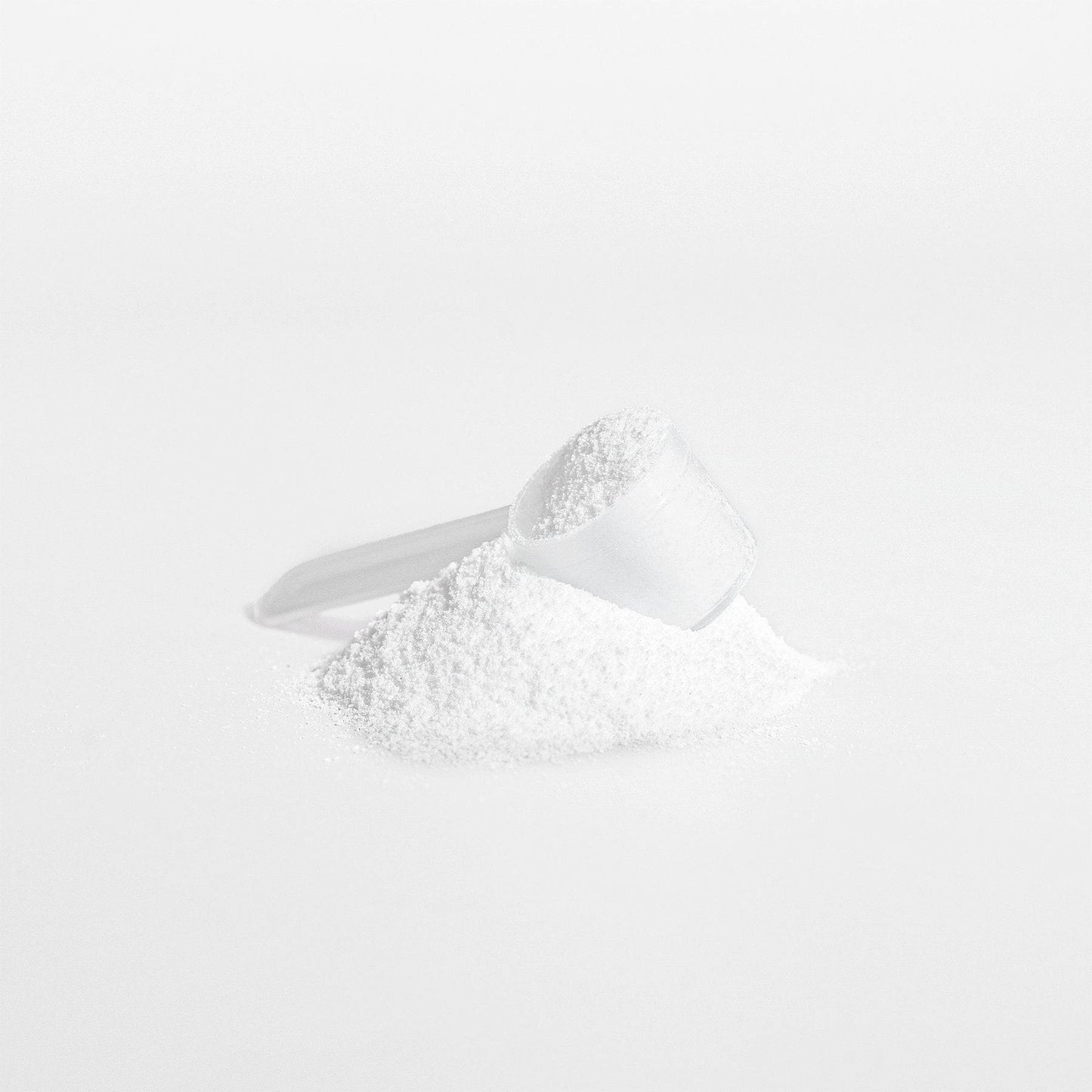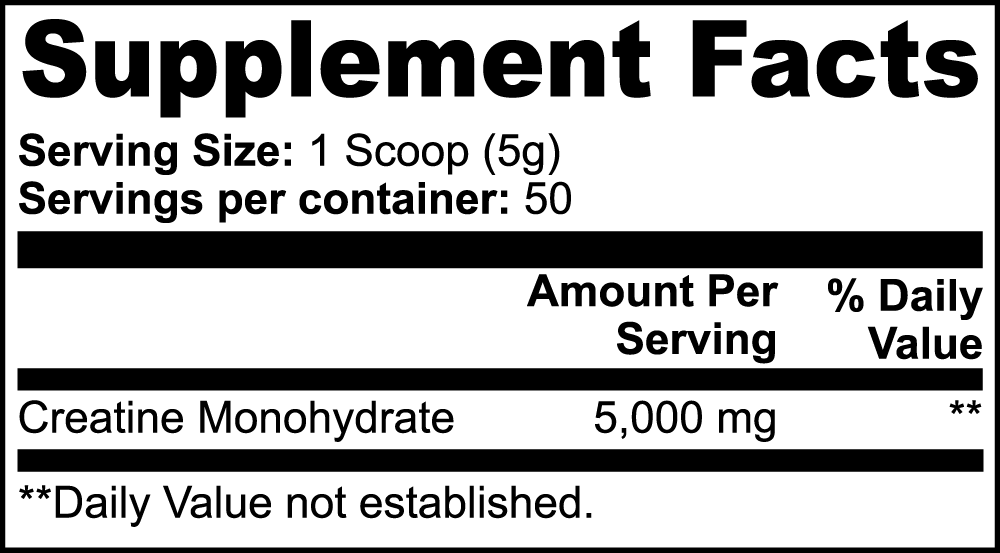
Maximize Your Gains: Cycling Creatine Monohydrate Effectively
For fitness enthusiasts and athletes, creatine monohydrate has long been a staple in the pursuit of enhanced performance and muscle growth. Understanding how to cycle creatine can make a significant difference in achieving your fitness goals. In this guide, we will delve into the details of creatine monohydrate, its benefits, the best practices for cycling it, and how to incorporate it seamlessly into your workout routine. Let's dive in!
What is Creatine Monohydrate?
Creatine monohydrate is a naturally occurring compound found in small amounts in certain foods and is also synthesized by the body from amino acids. It plays a critical role in energy production, particularly during high-intensity exercise. When supplemented in the form of creatine supplements, it can enhance athletic performance, improve strength, and support muscle growth.
The Science Behind Creatine Benefits
The benefits of creatine are well documented in scientific literature. Here are some of the key advantages:
- Improved Exercise Performance: Creatine monohydrate helps replenish ATP (adenosine triphosphate), the primary energy carrier in the body, enabling you to push harder during workouts.
- Increased Muscle Mass: Regular use of creatine supplements is associated with an increase in lean muscle mass, primarily due to enhanced strength gains and water retention in muscle cells.
- Enhanced Recovery: It can aid in recovery by reducing muscle cell damage after intense exercise, thus allowing for more frequent training sessions.
- Cognitive Benefits: Some studies suggest that creatine may also improve cognitive function, particularly during mental fatigue.
Cycling Creatine Monohydrate: Why It Matters
Cycling creatine monohydrate refers to alternating periods of supplementation and non-supplementation. This practice can help to maximize the benefits of creatine, prevent the body from adapting to its use, and reduce the likelihood of potential side effects.
How to Cycle Creatine Monohydrate
Effective cycling of creatine monohydrate can be outlined in a few simple steps:
- Loading Phase: Start with a loading phase of 20 grams per day for 5-7 days. This amount should be divided into smaller doses, typically taken 4 times a day. This saturates your muscle cells with creatine.
- Maintenance Phase: After the loading phase, transition to a maintenance dose of 3-5 grams per day. This dosage is sufficient to maintain elevated creatine levels in the muscles.
- Break Phase: After about 6-8 weeks of continuous supplementation, consider taking a break for 2-4 weeks. This break can help reset your body's natural creatine production and prevent desensitization.
Choosing the Best Creatine
When it comes to selecting the best creatine, the most well-researched and proven option is creatine monohydrate. Look for products that are:
- Pure and High Quality: Choose products that specify they are 100% creatine monohydrate without unnecessary fillers.
- Micronized: Micronized creatine can be easier for your body to absorb due to its smaller particle size.
- Third-Party Tested: Opt for brands that have undergone independent testing to ensure quality and purity.
Best Practices for Taking Creatine Supplements
To maximize the benefits of creatine monohydrate, consider these practical tips:
- Consistency is Key: Take your supplements at the same time each day to establish a routine.
- Timing Matters: While most of the evidence suggests that daily intake is more important than timing, some users prefer taking it around their workouts for optimal performance.
- Stay Hydrated: Because creatine draws water into the muscles, ensure you're drinking plenty of water throughout the day to avoid dehydration.
- Pair With Carbohydrates: Taking creatine with carbohydrates may enhance its uptake in muscles, making a post-workout shake with carbs an excellent option.
Potential Side Effects of Creatine Monohydrate
While creatine monohydrate is generally considered safe for most people, some may experience mild side effects. These may include:
- Stomach discomfort or cramps
- Muscle cramping
- Water retention
- Potential kidney stress (usually only for those with pre-existing kidney conditions)
If you experience any severe side effects, it's best to consult with a healthcare professional. Moreover, cycling creatine as mentioned can help alleviate some of these issues.
Targeting Your Goals with Creatine Cycling
Depending on your fitness objectives, you can tailor your creatine monohydrate cycling regimen accordingly:
For Bulking and Strength Training
When trying to gain muscle mass or strength, consider starting with the loading phase, followed by the maintenance phase. Keeping the dosing consistent will ensure that you optimize muscle saturation with creatine.
For Endurance Training
If your focus is on endurance sports, you may wish to extend the maintenance phase slightly longer to maintain energy levels without overloading your system. Cycling off after longer periods can help refresh your body’s responses.
For Cutting or Weight Loss
If you’re in a cutting phase, you can still benefit from creatine monohydrate. Keep to a maintenance dose and adjust your training intensity to focus on maintaining muscle mass while losing fat.
Breaking Down the Myths About Creatine
With popularity comes misunderstanding. Let’s clear up some common myths surrounding creatine supplements:
-
Myth 1: Creatine is a steroid.
Fact: Creatine is a legal supplement that is not classified as an anabolic steroid. -
Myth 2: It leads to dehydration.
Fact: While creatine draws water into muscles, proper hydration can counter this concern. -
Myth 3: Only bodybuilders use creatine.
Fact: Athletes across various sports use creatine monohydrate to enhance performance.
Your Roadmap to Optimal Creatine Cycling
To get started on your journey with creatine monohydrate, consider the following roadmap:
- Consultation: Speak with a healthcare or nutritional professional if you have concerns or pre-existing health conditions.
- Choose Quality: Select a reputable brand of creatine supplements.
- Follow a Structured Plan: Adhere to the loading and maintenance phases, and don’t forget the break phase.
- Monitor Your Progress: Keep track of your strength gains and muscle growth to witness the results of your regimen.
By following these guidelines and best practices, cycling creatine monohydrate can become an efficient and effective component of your fitness journey. Embrace the science, commit to the process, and watch your performance soar!





